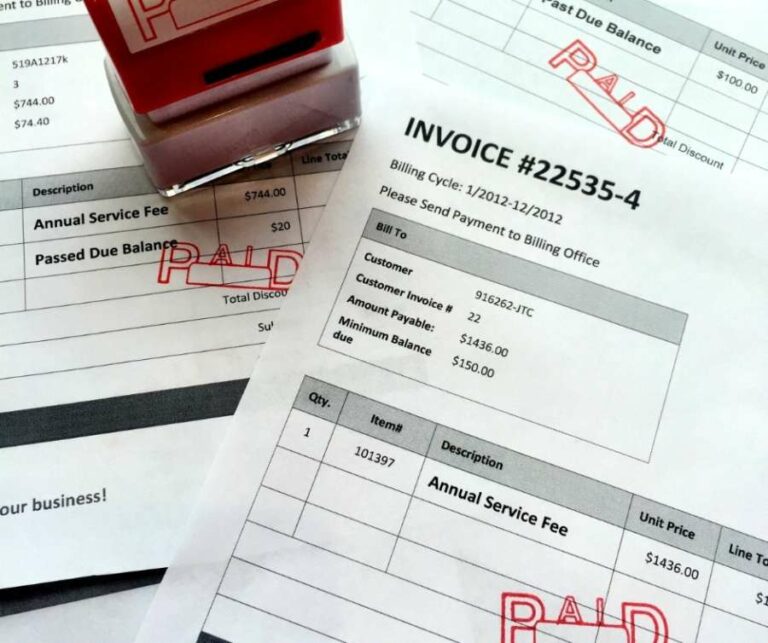Contractor or Employee: ATO’s Cautionary Guidelines
Navigating the complexities of employment classifications, the Australian Taxation Office (ATO) issues a stern warning that simply designating a worker as an independent contractor in an agreement does not automatically align with tax and superannuation purposes. The presence of an Australian Business Number (ABN) is also not conclusive evidence of genuine contractor engagement.
Clarifying the Core Distinction
The ATO emphasizes that a written contract must substantiate the existence of an independent contracting relationship by outlining the rights and obligations. The mere possession of an ABN does not guarantee authentic contractor status. According to the ATO, the fundamental difference between an employee and an independent contractor lies in:
Employee: Functions within the employer’s business, performing duties as an integral part of that business.
Independent Contractor: Provides services to a principal’s business, advancing their own business enterprise. They undertake the work as the principal of their own business, distinct from another entity.
Evolution of Contracts Over Time
Highlighting a critical consideration, the ATO points out that a contracting agreement established at the beginning of a relationship may not maintain its status over time. If a contractor, initially engaged for a specific project, continues working for the company beyond project completion, a re-evaluation of the classification becomes necessary.
Contract Absence: Assessing Relationship Dynamics
In scenarios where no formal contract exists, the ATO advises a thorough examination of the form and substance of the relationship. Understanding the dynamics between the parties is vital for reaching a reasonable determination regarding the existence of an employment or contractor relationship.
In conclusion, the ATO’s guidance underscores the importance of delving beyond surface-level classifications. Businesses must stay vigilant, recognizing that the nature of contracting relationships can evolve over time. Staying informed and considering the substantive aspects of engagements ensures compliance and fosters fair and transparent working arrangements.







